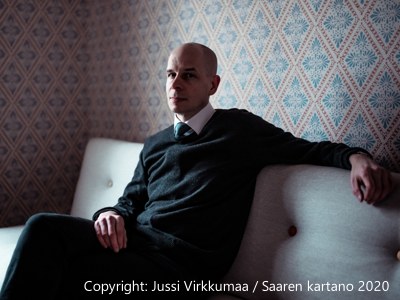Publisher: Schott Music
Duration: ca. 14 minutes
Commissioned by the Phorminx-Ensemble for their project “Max Beckmann/Apokalypse”
FP: Wiesbaden, 14.1.2005
Ensemble Phorminx
CD: WERGO/edition neue zeitschrift für musik (Ensemble Phorminx)
Further performances:
26.2.2005, Goch, Museum Goch
28.2.2005, Tübingen, Neue Musik im Sudhaus
5.4.2005, Heidelberg, Kurpfälzisches Museum (Heidelberger Frühling Festival)
22.4.2005, Darmstadt, Akademie für Tonkunst
25.9.2005, Ravensburg
13.11.2005, Osnabrück, Felix-Nußbaum-Haus
30.6.2006, Leonhardi-Church Frankfurt/Main
20.2.2009, Stuttgart, State Gallery
16.4.2013, München
12.3.2017, Dresden
Introduction:
The lithographs of Max Beckmann’s Apokalypse made an impression of fascination and irritation on me. The topic itself and the circumstances of the cycle’s genesis, in addition the Bible texts behind it, form a force field hardly to elude.
On the other hand, the visual language of the prints is astonishing: they tend to a sketchy, jotted expression; the woodcut-like, acerb outlines, however, make anything but a swift effect. There is an immediate aggressiveness and, at the same time, a strangely, distant symbolism.
I could not think of dealing with these pictures musically in an other way than trying to transform the described tension into a sparse, reduced sound-world, leaving no space for the virtuoso and eventful textures that play a certain role in my music otherwise.
The formal disposition refers to the number of 27 lithographs as well as to the fact that Beckmann’s pictures are but ‚samples‘ of the entire text of the Book of Revelation. The composition therefore consists of 27 „sheets“ – long, sustained notes or short sequences of isolated elements and gestures. They are being grouped to two movements whose order is free, and also partly the interior order of the elements – similar to the different ways one can look at an art exhibition: e.g. in chronological, systematical or random order.
The sound material of each of these sections centers around a certain aspect, and there are often only subtle differences in gesture and sound colours, according to the ‚closed‘ and partly self-referring character of Beckmann’s pictures, thus generating an intense, concentrated atmosphere instead of the unreflectedly chequered, clamorous sounds one would expect after a superficial look at the lithographs.
